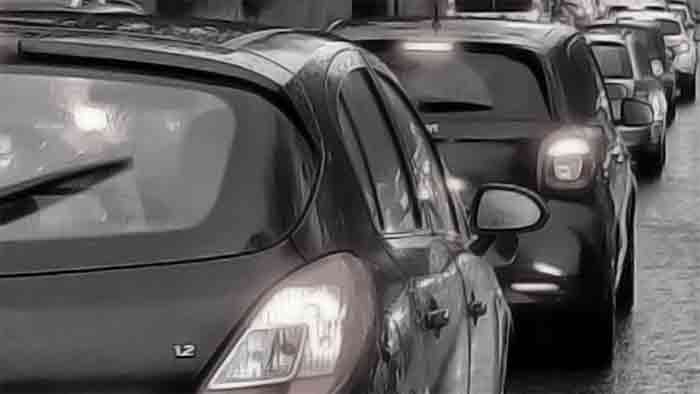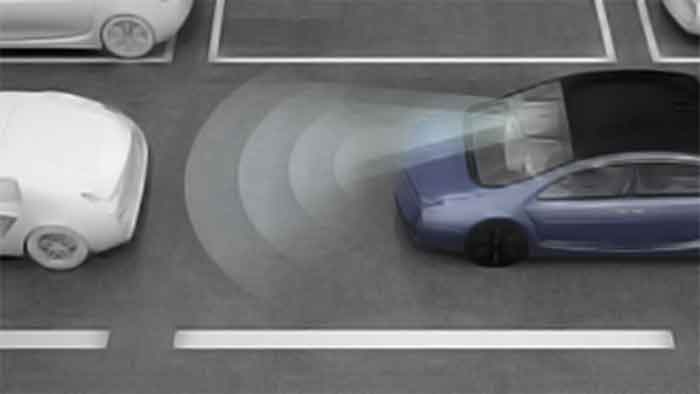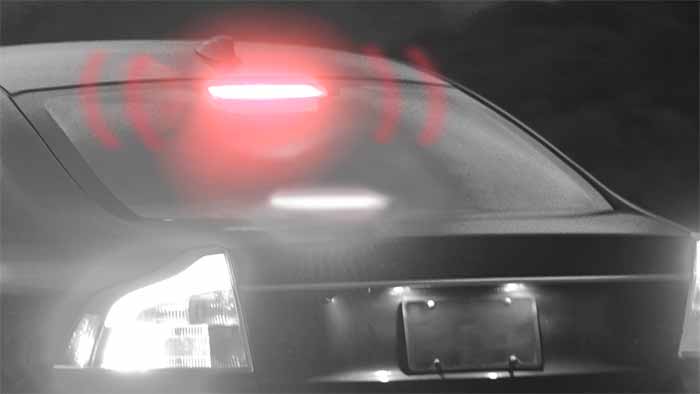A Deadly Problem
Emergency braking causes over 100,000 rear-end crashes per year, for one simple reason — drivers react slowly.**
Timeline
The last major upgrade to rear-end collision safety came in 1997. Now, there’s Braking Bar.

1974 — Standard Brake Lights
Intended to be stared at for hours in traffic, the third brake light helps gently indicate your car’s braking to the driver behind you.

1997 — Forward collision warning
Some vehicles can alert and protect you from rear-ending another vehicle.

Today — Braking Bar
Drivers react slowly, which means you’re most likely to be rear-ended when you need to brake suddenly. Braking Bar makes drivers react up to 50% faster* when it matters most.
The Emergency Brake Light
More attention-getting than any distraction, Braking Bar makes the drivers behind you react faster when you need it most.
* Wierwille, Walter W., Llaneras, Robert E., and Neurauter, M. Lucas. “Evaluation of Enhanced Brake Lights Using Surrogate Safety Metrics.” National Highway Traffic Safety Administration, April 2009, p51.
** Lee, Suzanne E.; Llaneras, Eddy; Klauer, Sheila; Sudweeks, Jeremy. “Analyses of Rear-End Crashes.” National Highway Traffic Safety Administration, Oct 2007, p41.
***Bierma, Paige. “Whiplash.” HealthDay, 11 March 2015. http://consumer.healthday.com/encyclopedia/back-care-
6/backache-news-53/whiplash-645903.html
****National Highway Traffic Safety Administration. “Board Meeting: Rear-End Collision Prevention Technologies.”
United States Department of Transportation, 1 May 2001. http://www.ntsb.gov/news/events/Pages/Rear-End_Collision_Prevention_Technologies.aspx
